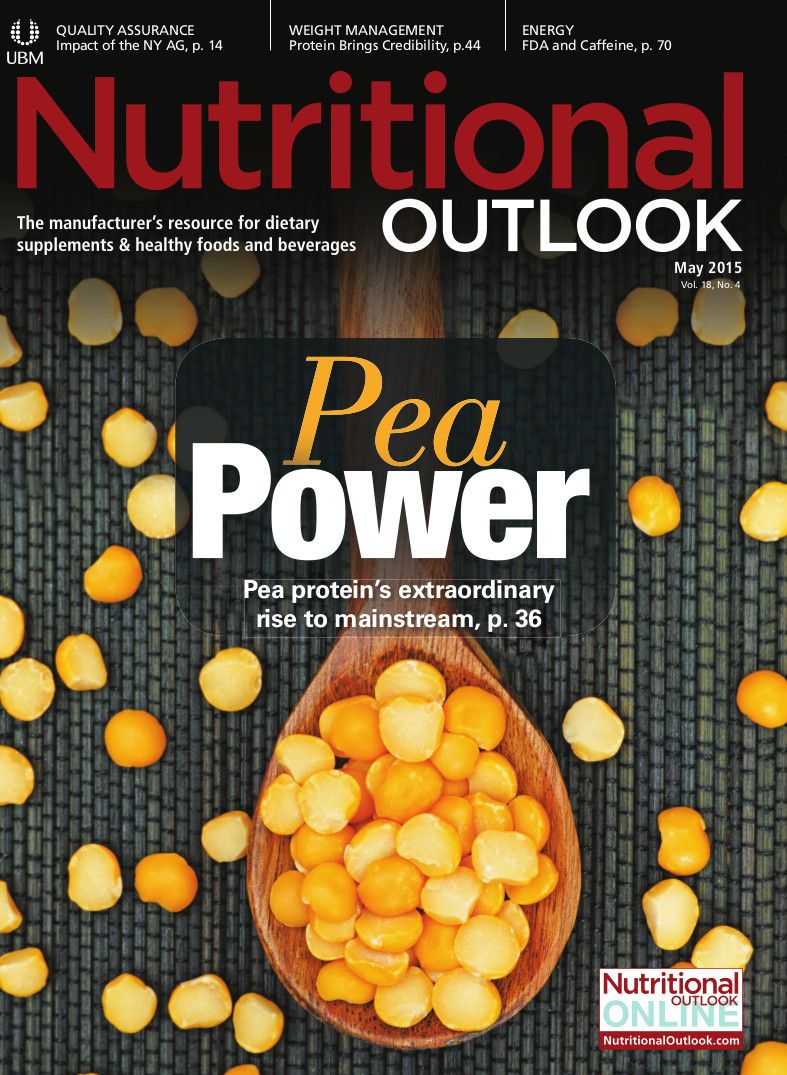Pet Products Look More Like Human Goods These Days
Everything from alternative- and high-protein treats to increasingly condition-specific formulas
With the rising disposable income of pet owners and a tendency to regard pets as part of the family, it’s not surprising that specialized trends for prepared foods for humans, led by interest in health, snacking, and indulgence, are also increasingly apparent in the pet foods sector. The number of pet food launches recorded globally by Innova Market Insights has risen consistently in recent years as more households take on pets of various kinds, the use of prepared pet foods rises, and the market segments and focuses increasingly on added-value options.
In line with the food and drinks market as a whole, the pet foods market is becoming increasingly diverse with many products, particularly premium and super-premium lines, now targeting very specific nutritional requirements-everything from foods for puppies and kittens to foods for senior dogs and cats, obese dogs, indoor cats, and even neutered cats.
Optimizing pet health is now of particular interest, to the point that three-quarters of the global pet food launches recorded by Innova Market Insights in the first 11 months of 2014, including 85% of 2014 launches in North America, were marketed on a health platform of some kind. The interest in naturalness and clean-labeling evident in the food market as a whole is also reflected in pet foods, with 35% of global launches using natural, additive-free/preservative-free, and/or organic claims, and with more than 50% of launches in North America making such claims.
There is also a high level of activity in grain-free and high- and alternative-protein lines, reflecting current trends in the human food and drinks market. Interesting launches in the United States include Louisiana Dog Biscuits and Louisiana Dog Jerky chews from Delca, all made with alternative protein sources. Ingredients include alligator, crab, crawfish, and shrimp, all sourced from sustainable family farms and fisheries in the Louisiana bayou. Over in the UK, launches include a grain-free range from holistic pet foods supplier Goodwyns, marketed as “non-allergenic” and “easily digestible,” as well as the Gloriously Grain Free range from Laughing Dog, marketed as “suitable for dogs with sensitive stomachs.”
Other key areas of interest in pet foods include claims relating to joint health, used on over a quarter of global launches in the first 11 months of 2014, particularly products formulated for older pets. This is reflected in U.S. launches such as Dogswell’s Happy Hips and NaturVet’s Overby Farm Hip Flex range for joint mobility, with the latter marketed as “high in anthocyanins from natural tart cherry and dark berry bioactives, plus glucosamine and omega-3.”
While dogs were once the key focus of this kind of product, there is now also evidence of growing levels of activity in joint health for cats, such as the Natural Wellness Joint Care for Cats supplement featuring glucosamine. Over in the UK, Mars’s market-leading Whiskas cat food brand entered this market in 2014 with the launch of the Whiskas Healthy Joints pet treats range.
Claims relating to the use of omega-3 fatty acids or DHA are also relatively popular in the pet foods market, used in 18% of global introductions and rising to well over 20% of launches in the United States. Many products do not attribute specific benefits to omega-3; those that do most often cite joint health and maintaining skin health and a shiny coat.
Pet snacks is one of the fastest-growing areas of the pet foods market, as consumers increasingly look to treat their pets with healthy and/or indulgent options. These options not only take the established form of sticks, chews, and tablets, but may also mirror growing human-snacks formats, such as Wellpet’s Wellness Core Superfood Protein Bars for dogs. These are all grain-free and feature added ingredients like blueberries, sweet potato, pomegranate, and kale. Wellpet launched the product at the same time as its Kittles crunchy cat treats, which count cranberry as an added ingredient.
Growing use of snacks and treats has also raised concerns about the growing level of obesity among cats and dogs. As a result, healthy treats and treats with added functional benefits (joint care, dental care, anti-hairball, etc.) are showing some of the best growth rates. There is also rising demand for pet foods with weight-management benefits, with just under 7% of pet food launches recorded by Innova Market Insights in the first 11 months of 2014 using “low fat” or “low calorie” claims, or both, and just over 7% leveraging a more specific weight-management platform.
Humanization is undoubtedly now a key feature of the pet foods market, reflecting the high level of emotional attachment that many owners have with their pets. They tend to treat pets like family members or even children and therefore provide only the best in terms of food and care. This has created considerable opportunities in the pet-care market, where we are seeing an increasing emphasis on branding, segmentation, and adding value in a relatively concentrated market. The result? Huge investment pouring into product and promotional activity by the major players.
Innova Market Insightsis your source for new-product data. The Innova Database (www.innovadatabase.com) is the product of choice for the whole product-development team, offering excellent product pictures, search possibilities, and analysis. See what food manufacturers are doing around the world: track trends, competitors, ingredients, and flavors. In today’s fast-moving environment, this is a resource you cannot afford to be without.
Photo from Delca

Prinova acquires Aplinova to further increase its footprint in Latin America
April 7th 2025Prinova has recently announced the acquisition of Brazilian ingredients distributor Aplinova, which is a provider of specialty ingredients for a range of market segments that include food, beverage, supplements, and personal care.
























